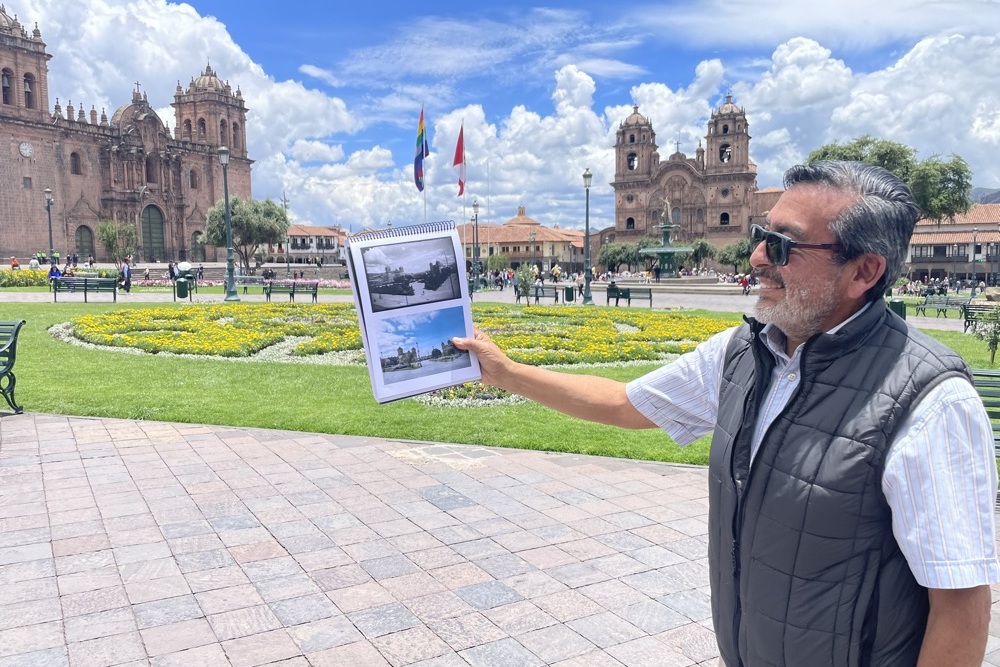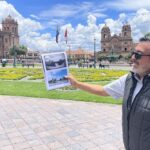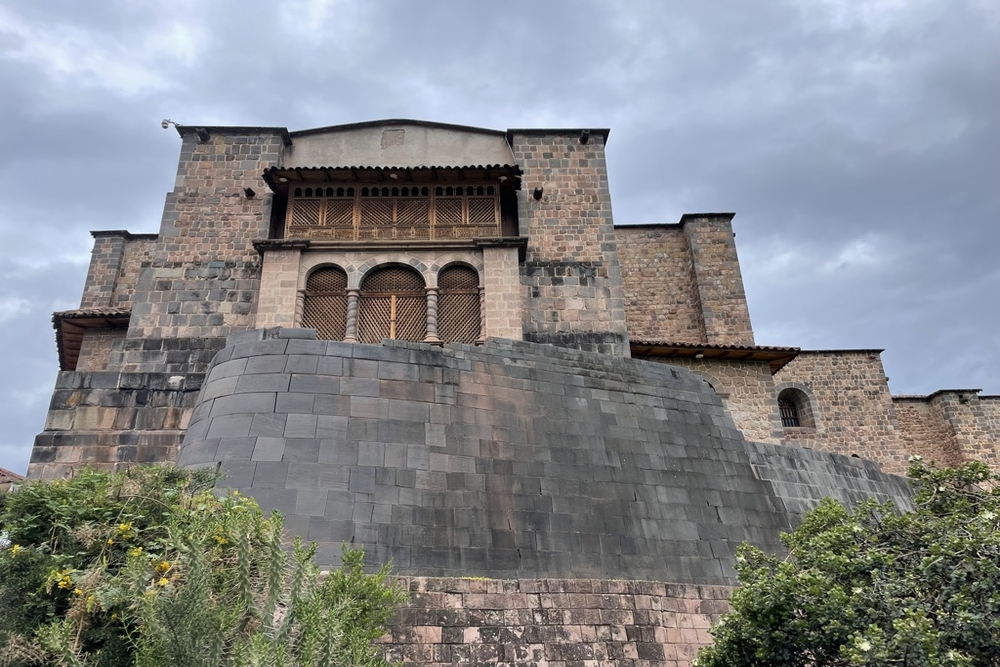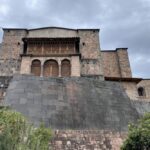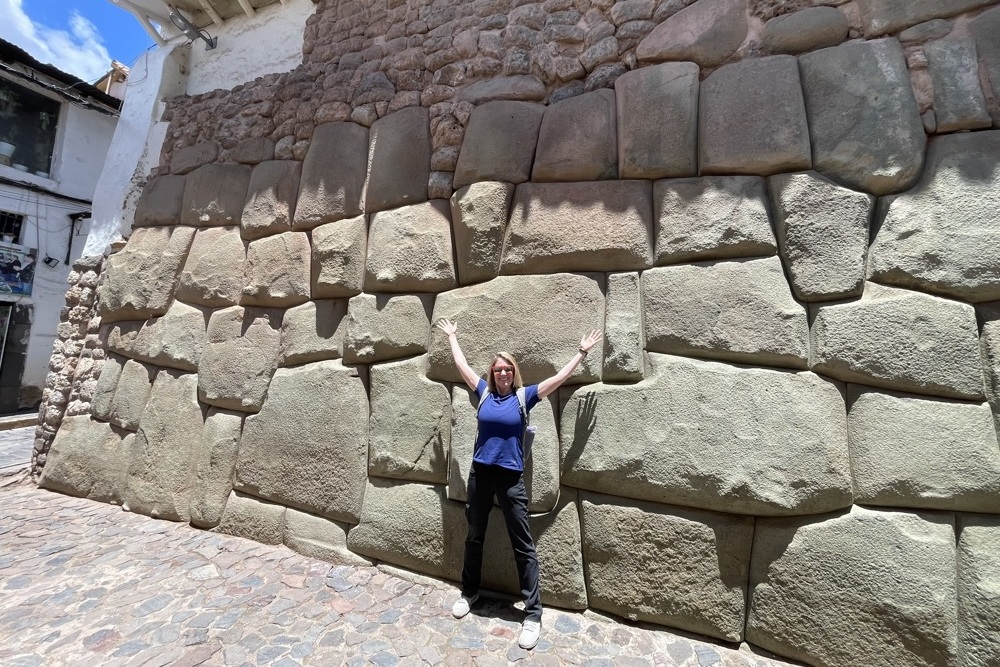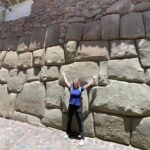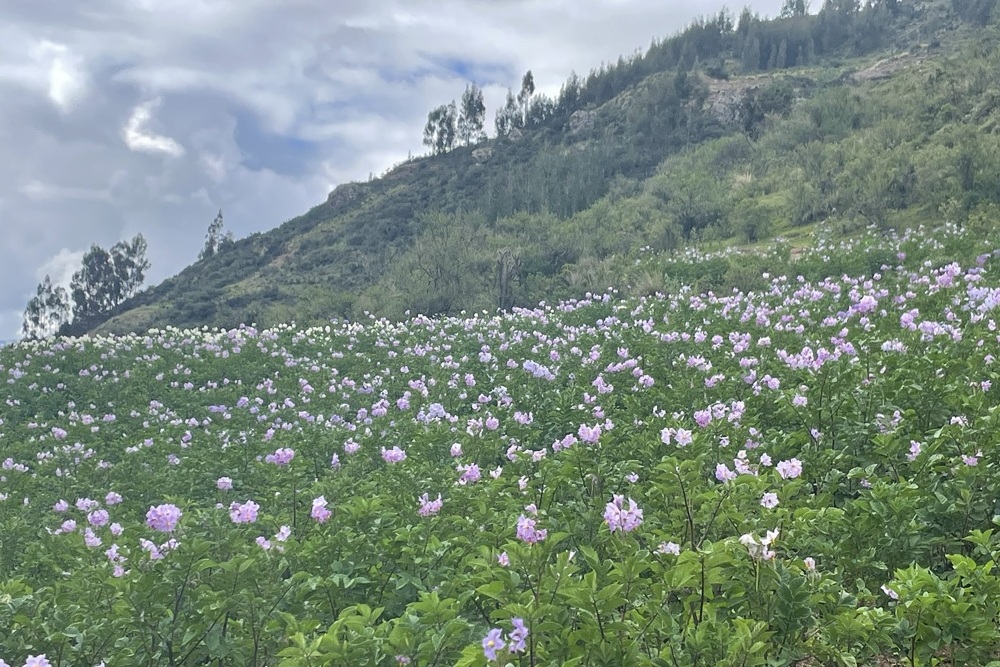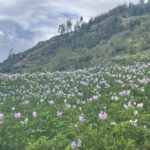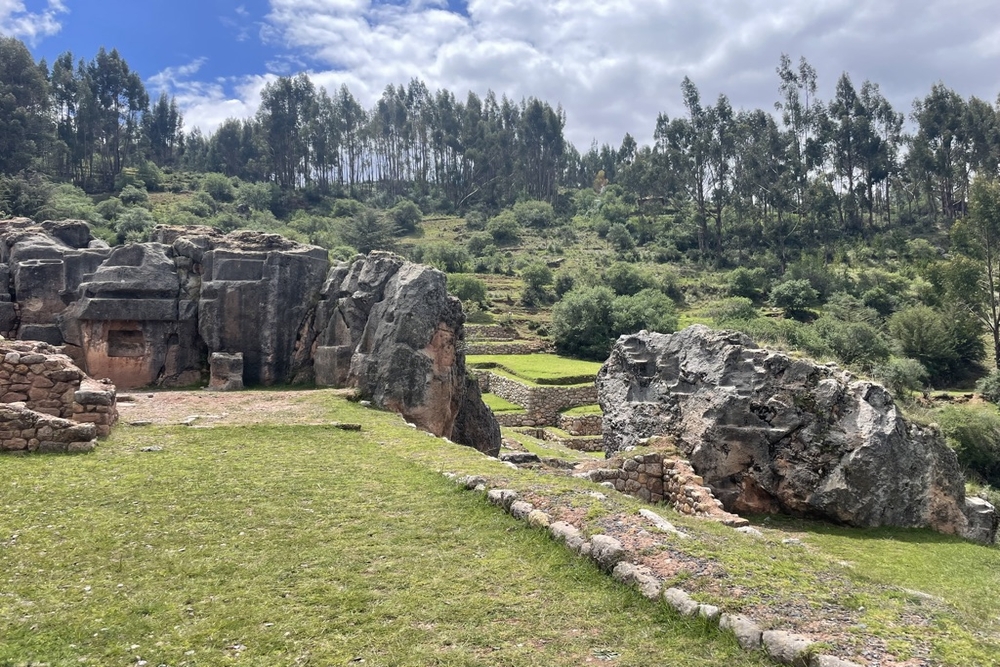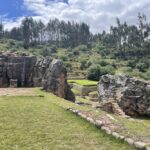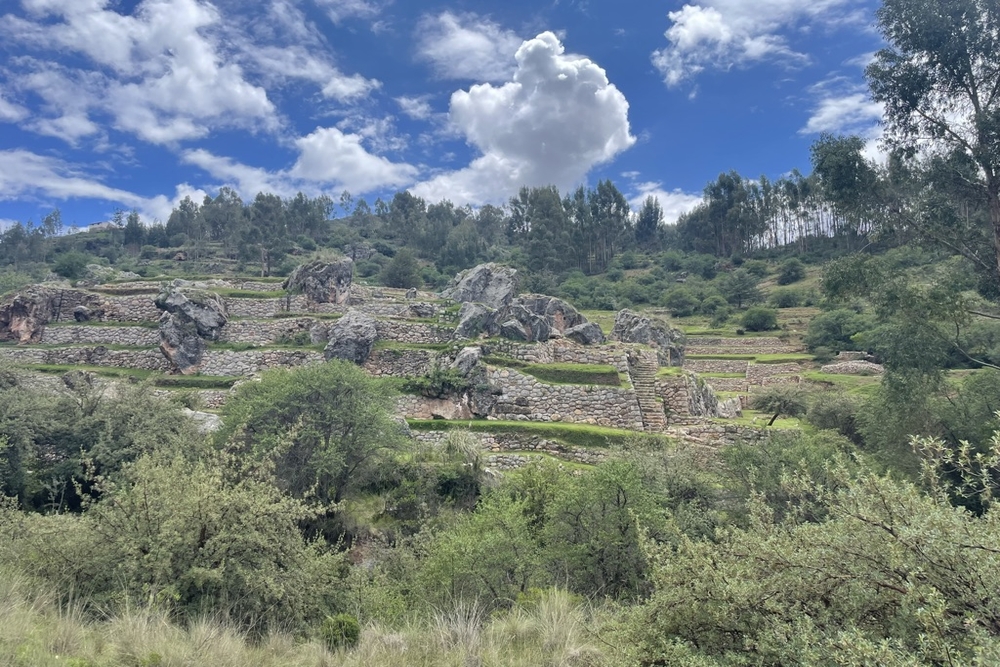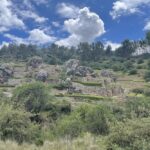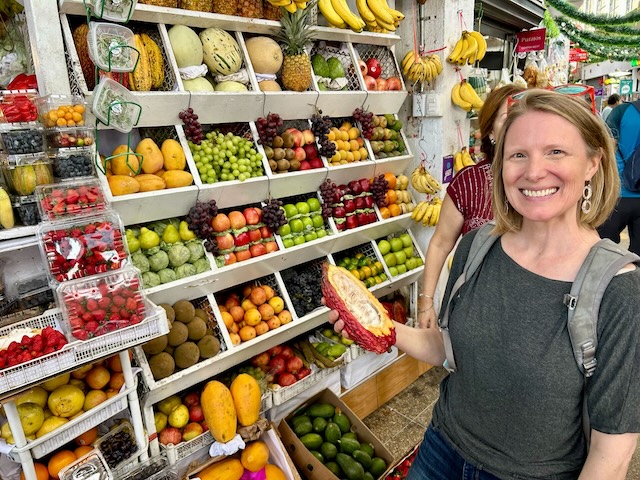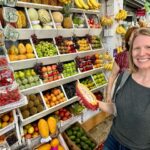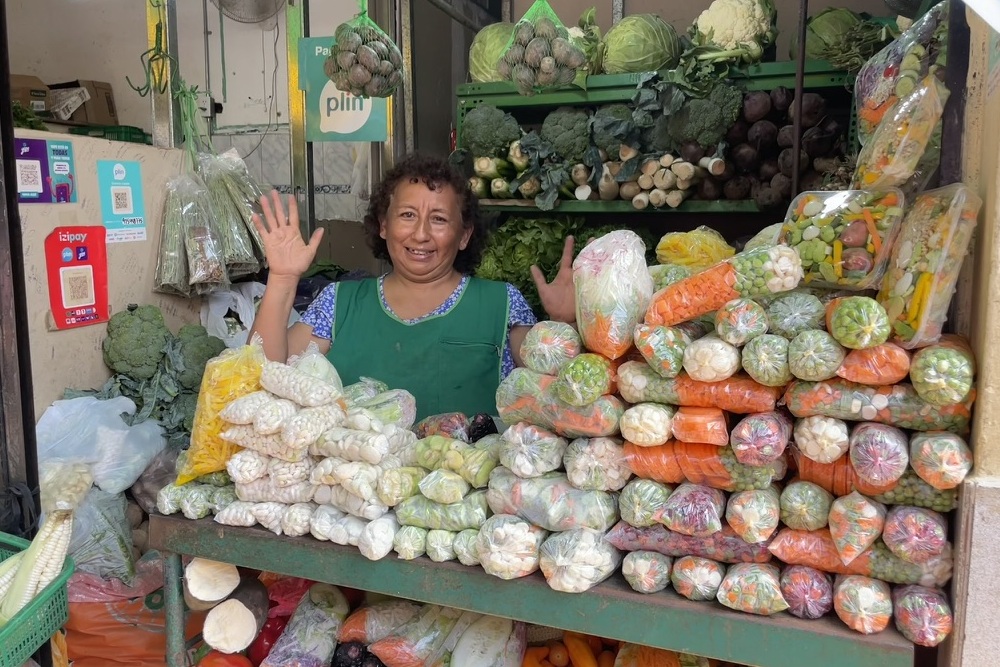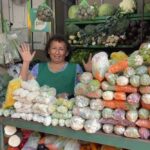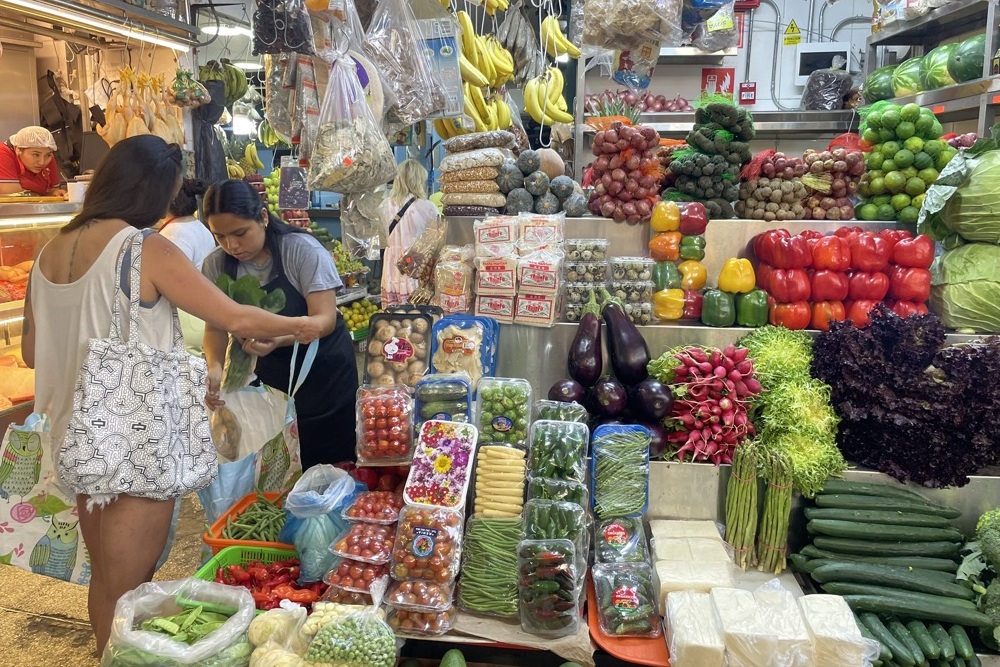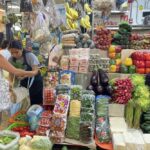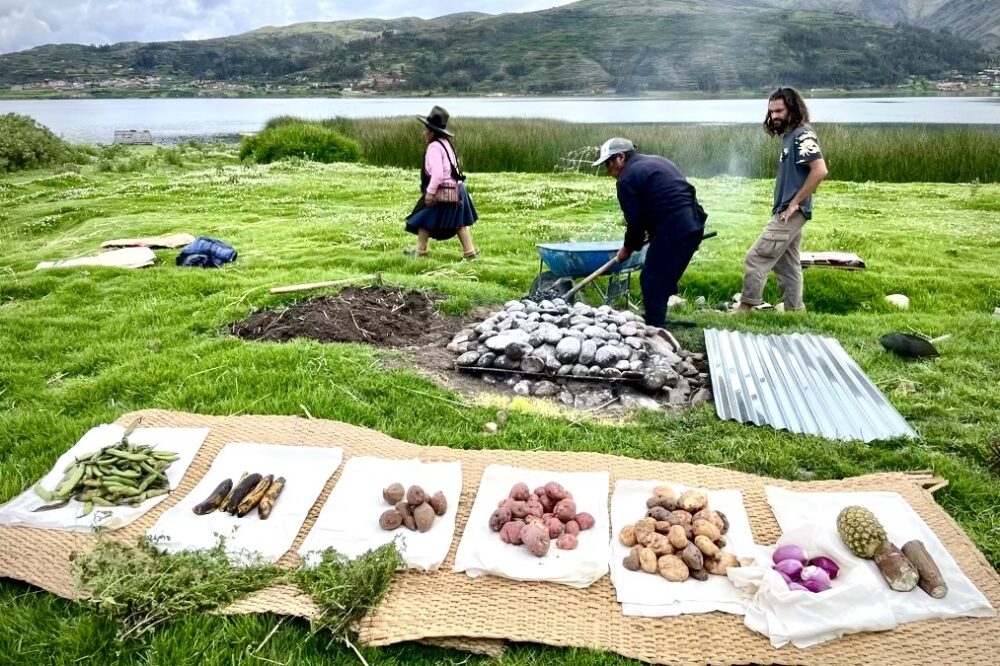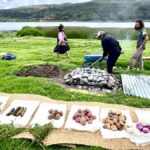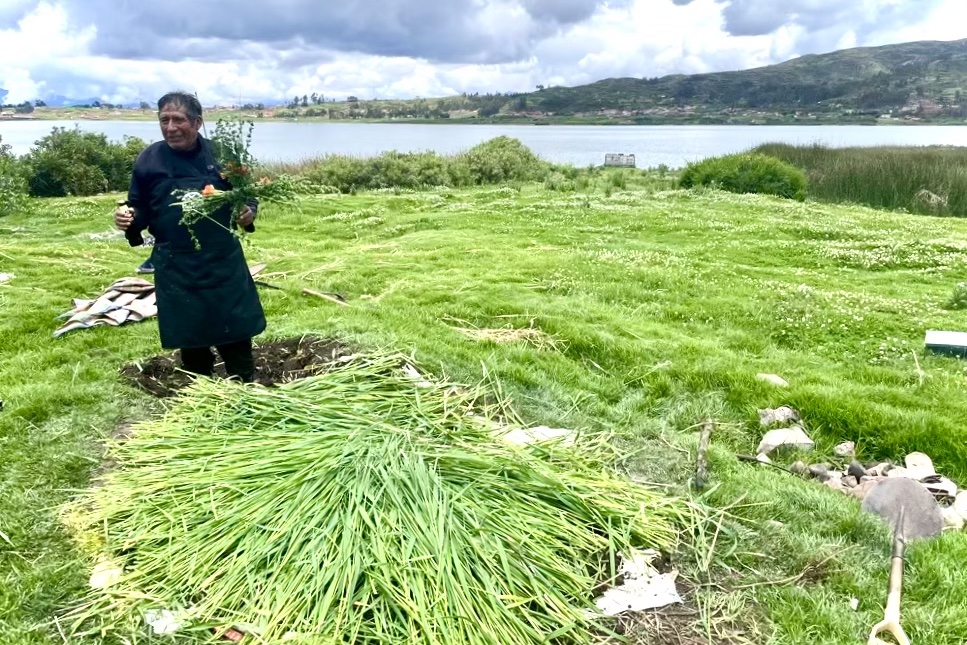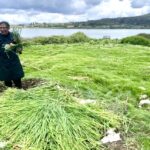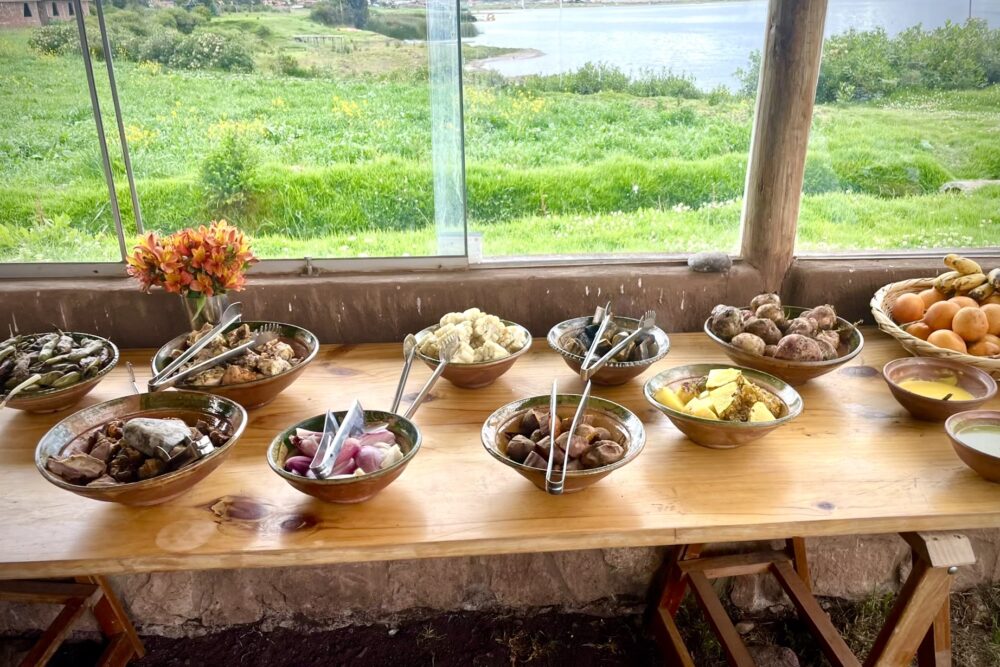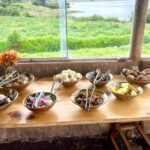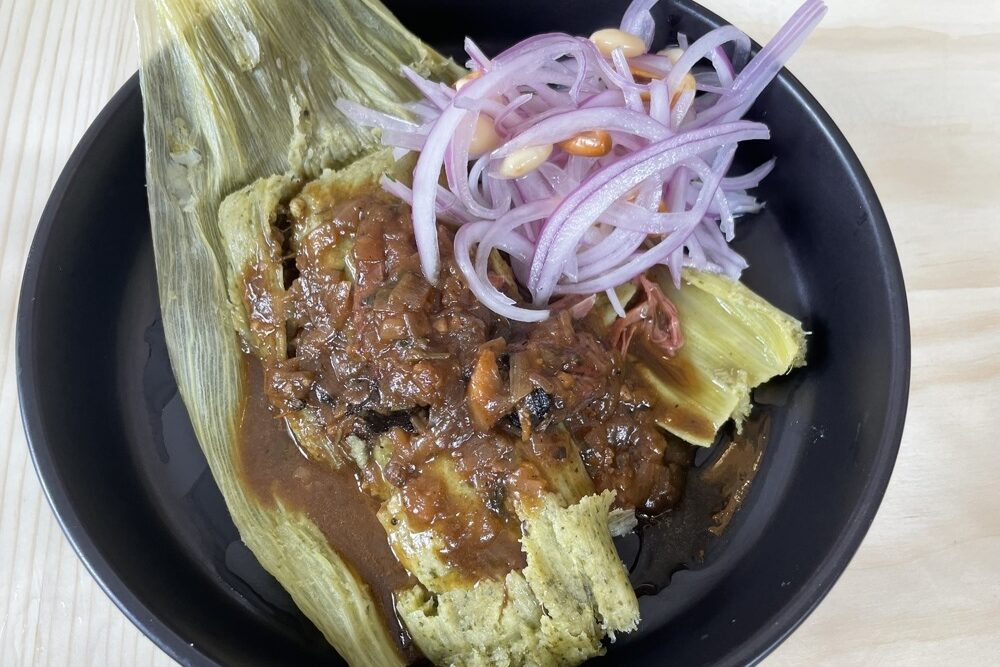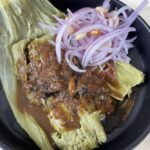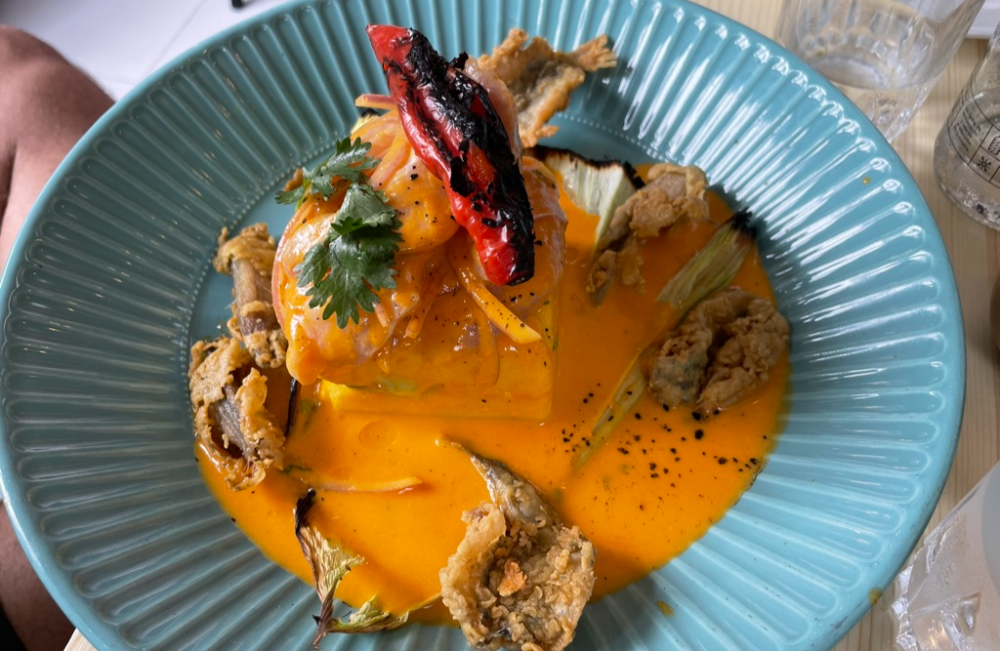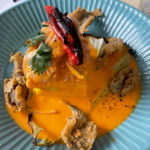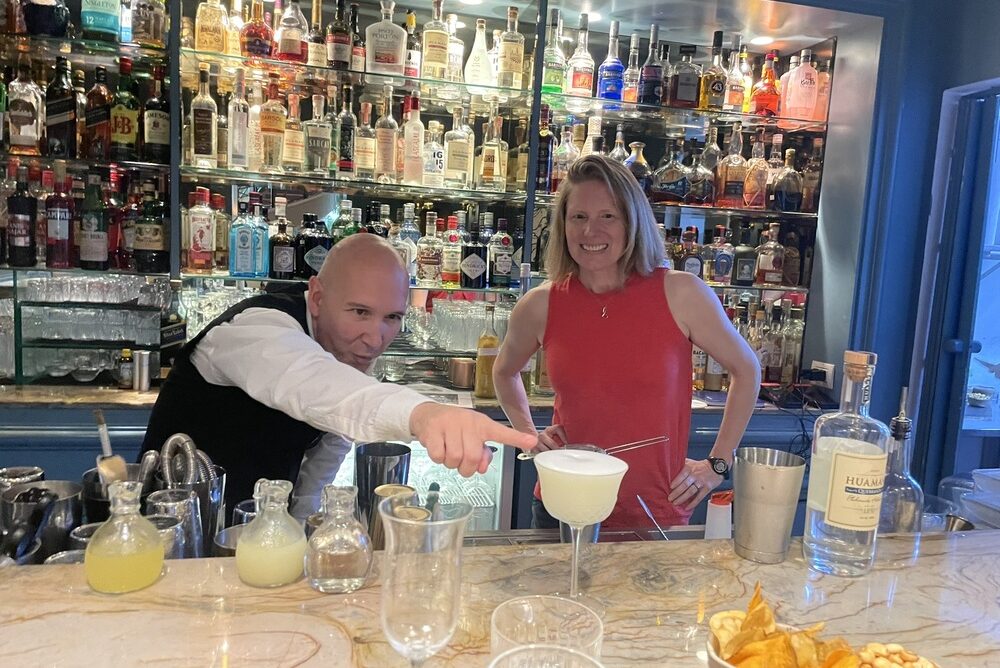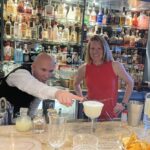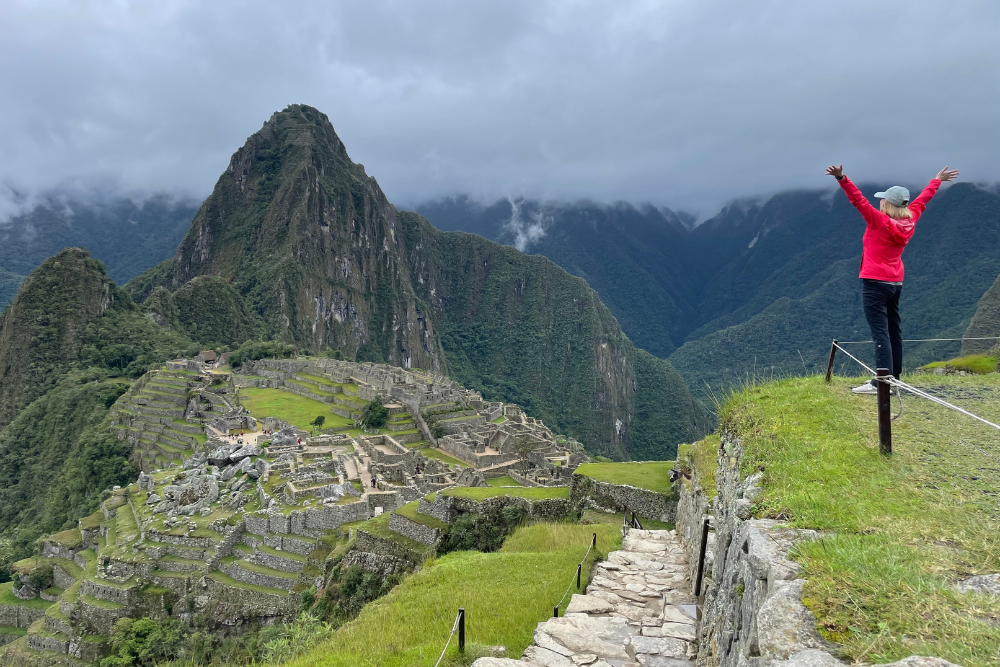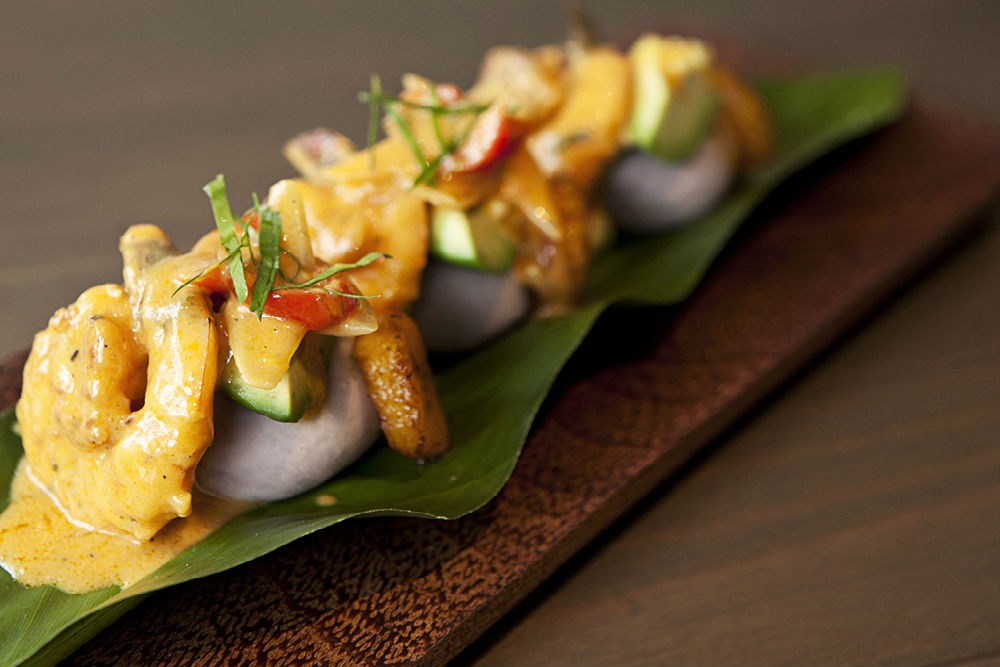We’re Just Back: Brook’s Tips for Peru, including Machu Picchu, Cusco, and Lima
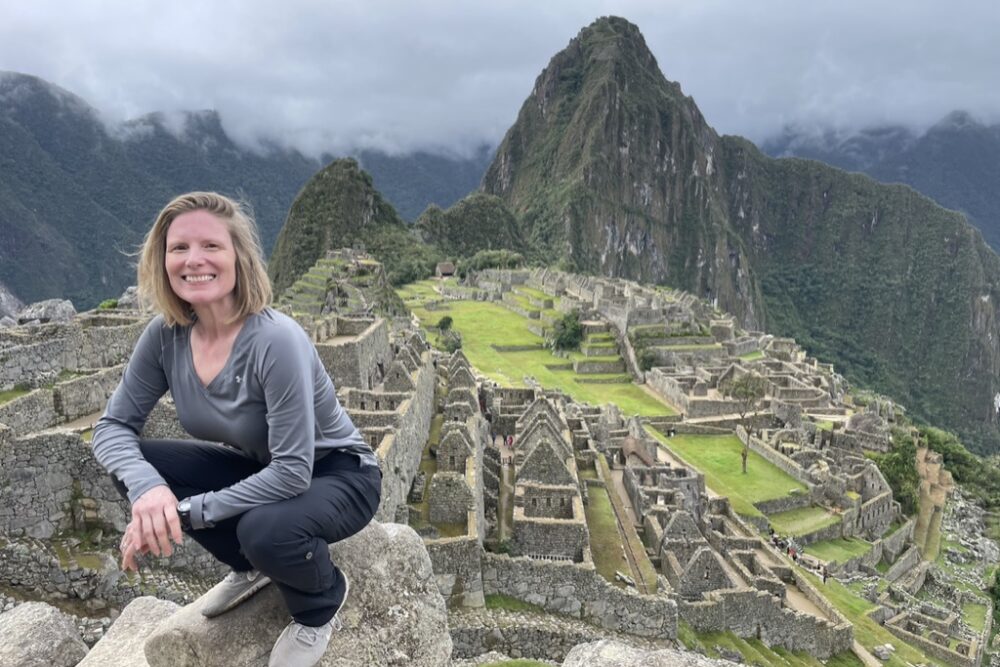 Look at how few people were at Machu Picchu on the day Brook visited.
Look at how few people were at Machu Picchu on the day Brook visited. The goal:
My main goal was to get the best experience of Machu Picchu. It’s a mythic site in most travelers’ imaginations, built centuries ago by exacting craftsmen in the unlikeliest of locations: set high atop a peak in the cloud forest, as the Andes descend toward the Amazon. I had visited 15 years earlier—and that experience surpassed even my exalted expectations of the legendary Incan redoubt—but this time I wanted to see how a new entry system, with prescribed paths through the ruins, affects travelers’ experience of this magical place.
The challenge:
Most of all, I wanted to avoid potential crowds. In the peak months of May, June, and July, up to 5,600 people can enter Machu Picchu per day. So I went in low season, when no more than 4,200 people can visit (and often far fewer do). There are now signposts and ropes that guide you along one of four routes based on your entry ticket; route #2 provides the longest and most complete experience of the site. The good news is that—in low season at least—I was able to walk freely along my route, stopping whenever I wanted to take photos or ask my local guide a question.
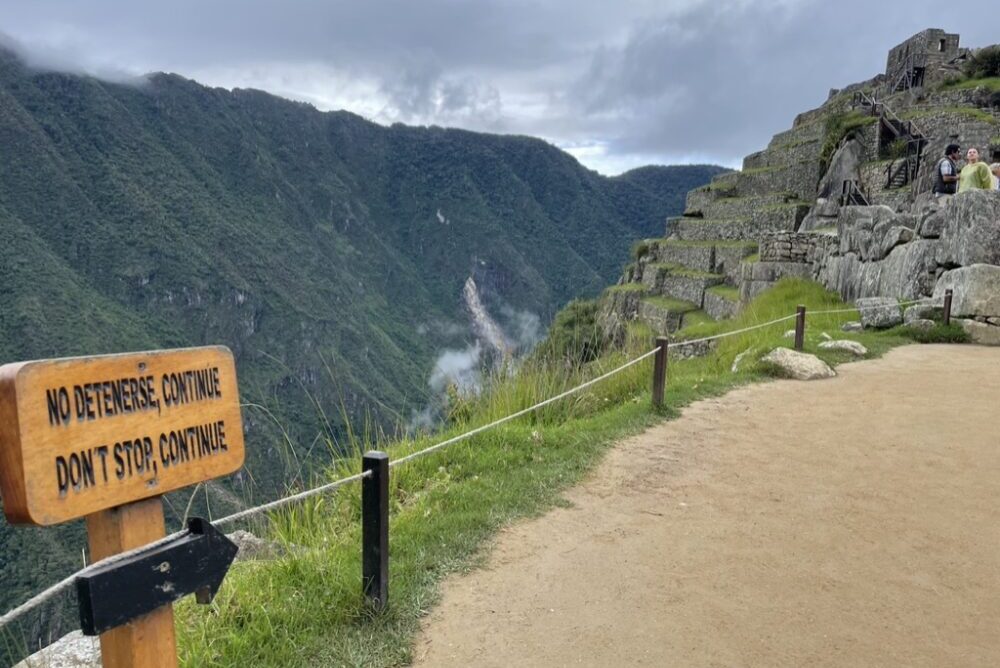
Low-profile ropes and signage guide visitors around the ruins.
The highlight:
It’s awe-inspiring to wander through the ruins and imagine how the Incas managed to quarry, shape, and stack so much rock to build a city in such a vertiginous spot; their exquisite craftsmanship is evident in the carefully aligned stones, each laid on top of the others with no mortar.
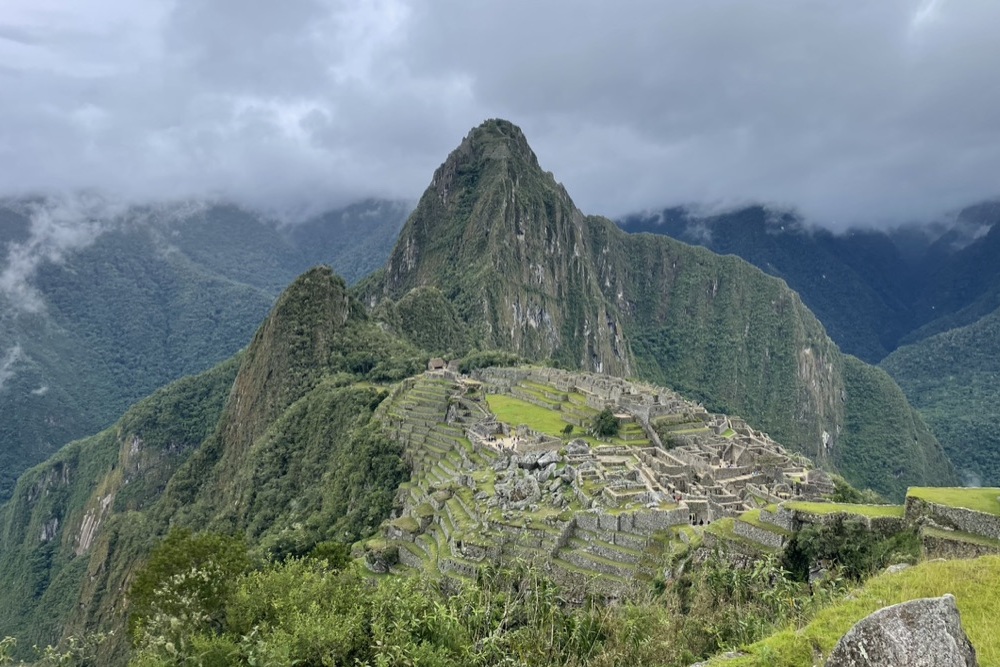
A quiet January day at Machu Picchu.
Smartest route:
There are two ways to get to Machu Picchu: on foot via the Inca Trail, or by train. (Technically, the train takes you to Aguas Calientes, the town at the base of the mountain on which the ancient citadel sits, and from there you take a bus up a switch-backing road that dead-ends just outside the ruins.) My favorite approach to Machu Picchu captures the best of both worlds: Start on the train—with a seat on the left side, which gives you a view of the Urubamba River—then get off a few miles short of Aguas Calientes and hike the last portion of the Inca Trail. That way you arrive on foot via the Sun Gate, as the Incas once did, with the ruins spread out before you.
Smartest timing:
Afternoons are usually the quietest time of day to visit Machu Picchu, since day-trippers need to leave by early afternoon to catch their train back to Cusco or the Sacred Valley. The busiest hours are from 10am to 1pm. Permits to hike Huayna Picchu—the iconic peak in the background of every Machu Picchu photo you’ve ever seen, which makes for an exhilarating climb—are only available between 7am and 11am.
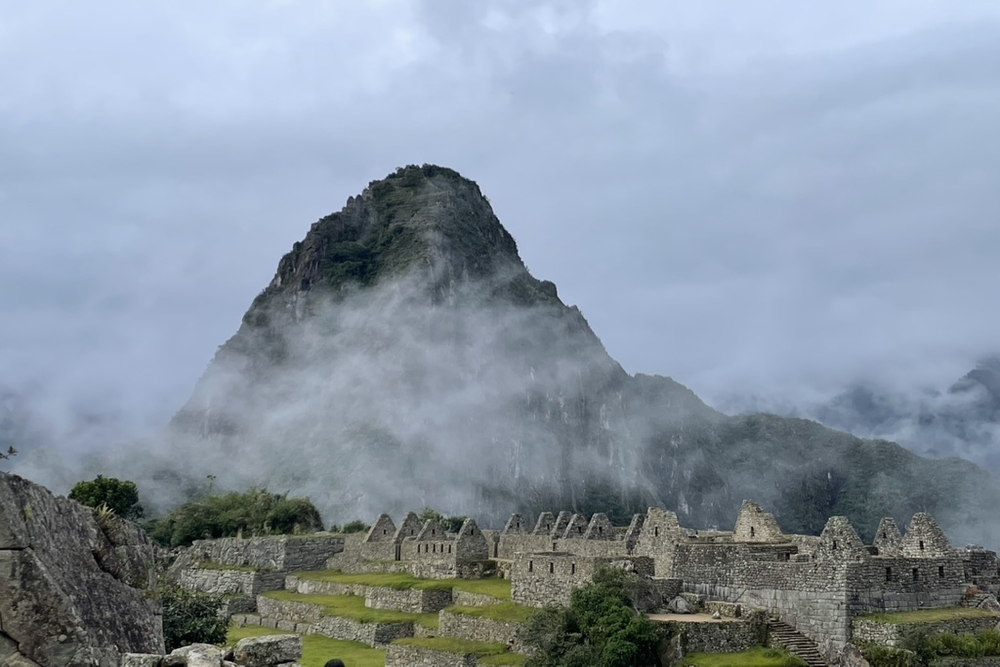
The vertiginous Huayna Picchu towers over the ruins.
Best surprise:
The splendid weather I experienced even in January’s “rainy season.” During my eight days in Peru, it rained overnight several times, but on only three occasions were there showers during the day—and each time those were brief. The nighttime precipitation, along with the buildup of clouds during the day, made for spectacular vistas in my photos, and the farmers’ fields were a striking patchwork of purple, yellow, and white flowers. January is also a beautiful time to be in Lima: Instead of the fog that the city is infamous for, think summertime warmth with an ocean breeze to cut the humidity.
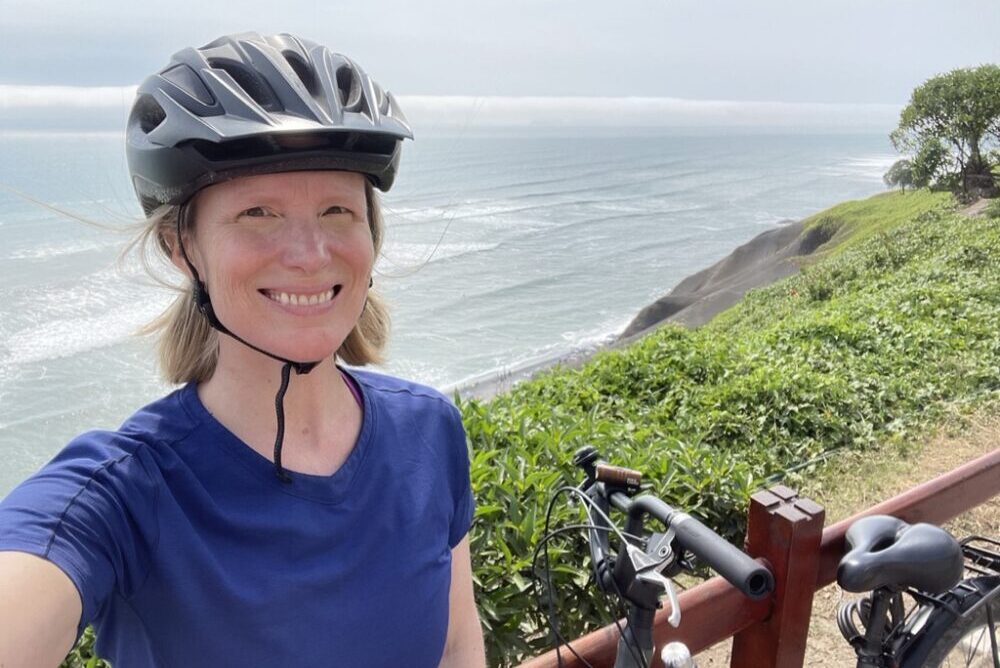
Brook spent a sunny afternoon in Lima biking along a seaside path.
Worst surprise:
The Sacred Valley is far more built-up than on my last visit; land that was once most valuable when cultivated is now covered by suburban sprawl. A new international airport is under construction in Chinchero, above the valley. Based on what I saw of the progress so far (a graded dirt rectangle) I don’t expect the airport to open in 2025 as publicized—but when it finally does, I do expect this beautiful corner of the world to get even busier. Get there soon if you can.
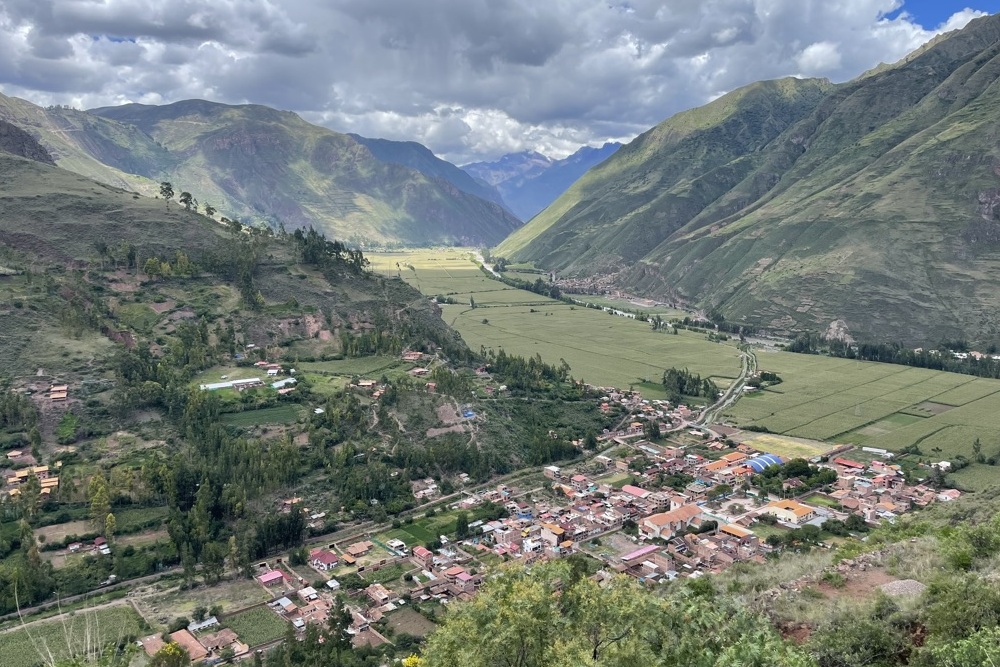
Parts of the Sacred Valley are already even more built up than this.
Coolest example of living history:
I spent an afternoon exploring Cusco’s historic center with Teo Allain Chambi, whose grandfather Martín Chambi was a renowned indigenous photographer of the early 20th century. Charmingly modest and yet so proud of his grandfather’s legacy, Teo carried with him a scrapbook of Martín’s street-scene photographs from the 1920s, guiding us to the same spots where his grandfather had composed those shots a century ago. What was most impressive was how little had changed: The buildings have been carefully preserved, many streets are still rough cobblestone, and graceful wooden balconies overlook flower-strewn plazas to this day.
Best hidden hiking trail:
On my last day in Peru, I wanted to stretch my legs before my overnight flight home. So I met up with a private guide who showed me a seldom-used hiking trail outside Cusco that took us past potato and fava-bean fields, through stands of hardy polylepis trees that somehow thrive as high as 16,000 feet above sea level, to the archaeological site of Inkilltambo. Here were sturdy terraces built many centuries ago, and a shrine carved out of rock and reserved for Inca elites. Apart from a nearby farmer working his crops with hand tools, we had the place to ourselves. It was a Sunday, and on the shorter, gentler path we took home, we greeted several cusqueño families heading out for a picnic.
Best museum you’ve never heard of:
There’s much more to Peru’s rich history than the Incas, and the Larco Museum in Lima is a worthy spot for delving deeper into the country’s past. Spend an afternoon admiring vessels, jewelry, and textiles from the Moche, Nazca, Wari, and other pre-Columbian societies, then segue to the bougainvillea-draped patio for dinner at the museum’s excellent restaurant.
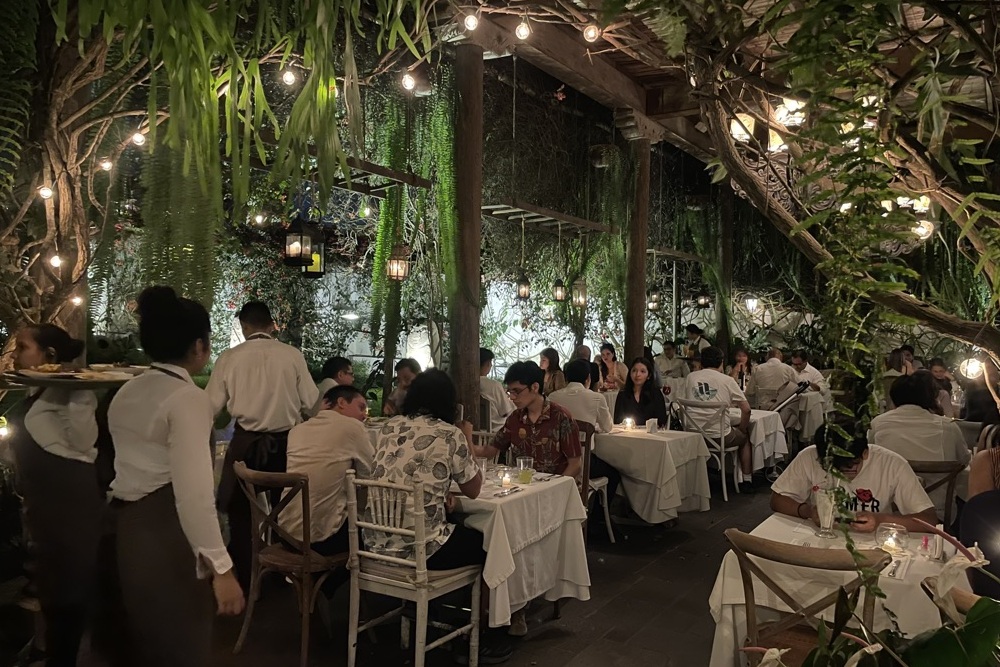
Dine under a canopy of greenery and stars at the Larco Museum in Lima.
Local flavors to try:
Peru has earned enormous respect lately for its cuisine, but you don’t have to wait months for a reservation at Lima’s Central (considered by some to be the world’s best restaurant) to appreciate the country’s flavors. I tried delicious fruits like aguaymanto, cherimoya, and lucuma at a market, watched chefs bury potatoes and fava beans and ears of corn and guinea pigs for a traditional pachamanca lunch, and tasted local dishes like causa, ceviche, and tamales at Cumpa, a “creole tavern” with a hipster vibe in Lima that is only open for lunch, and where office workers and laborers in t-shirts compete for table space.
What to look for after dark:
I was fascinated to learn that the Incas saw images in the negative space of the night sky. Yes, they connected the dots between stars to draw constellations—but they also found creatures (a snake, a llama) hidden in the dark spots of the Milky Way. It’s a reminder of how we are all so similar, yet at the same time can see things so differently.
Language lesson:
Quechua, the language shared by many of Peru’s indigenous groups and still spoken by some today, has no word for “friend.” Instead, one of my private guides explained, Quechuans simply address each other as brother or sister—everyone is considered family. This small detail went a long way toward explaining the warm welcome that I felt throughout my time in Peru.
Transparency disclosure: Some experiences described here were provided to Brook for free, or at reduced rates, by local hotels and suppliers. In keeping with our standard practice, there was no promise of editorial coverage in exchange: Complimentary or discounted travel never influences our reportage. All of these experiences are accessible to every traveler who uses Wendy’s WOW questionnaire. Thanks to Wendy’s WOW system, you’ll get marked as a VIP traveler.
Be a smarter traveler: Sign up for Wendy’s weekly newsletter to stay in the know. Read real travelers’ reviews, then use the black CONTACT buttons on Wendy’s WOW List to reach out to the right local fixer for your trip.

